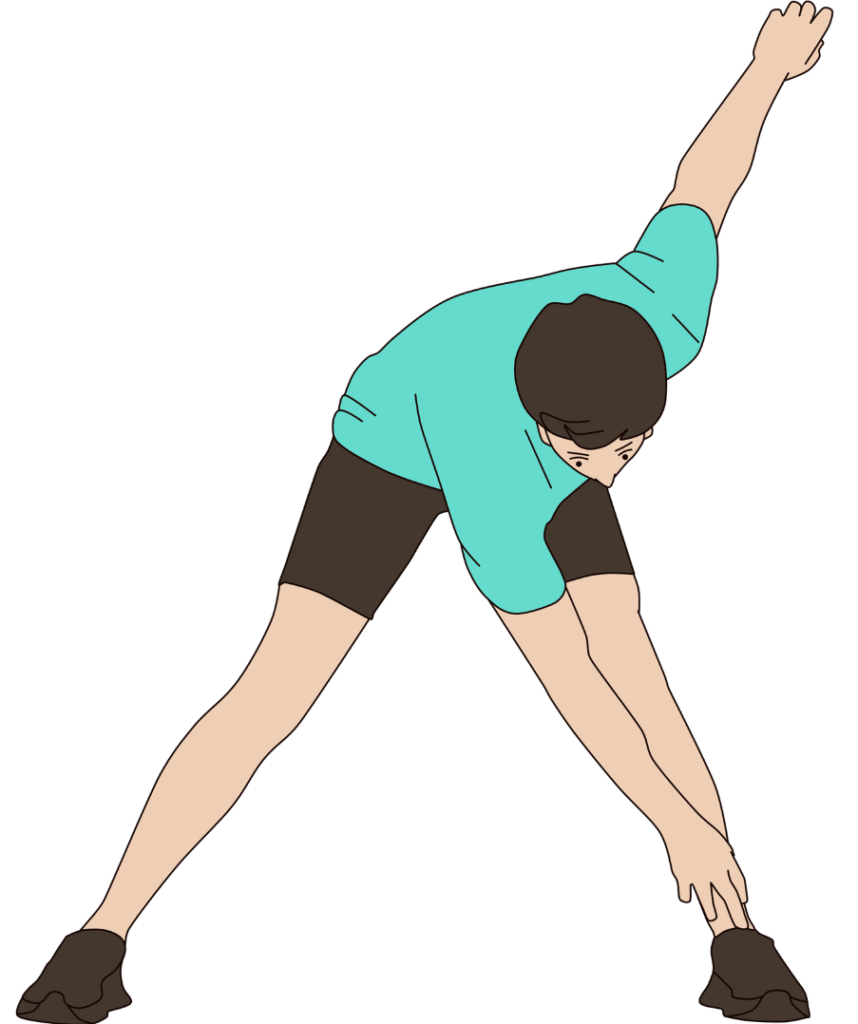Your smartphone is literally reshaping your spine, and the damage happens faster than you think.
Story Snapshot
- Heavy smartphone users face twice the risk of developing chronic neck pain
- More than 60% of users already report musculoskeletal pain from device overuse
- Children and teens are developing postural deformities that may become permanent
- The pandemic accelerated “tech neck” cases as screen time doubled for many users
- Simple posture changes can prevent long-term spinal damage
The Hidden Epidemic Reshaping Our Bodies
Meta-analyses published in 2023 reveal a startling truth: smartphone users who spend hours daily hunched over their devices develop neck pain at double the rate of moderate users. This isn’t just temporary discomfort. Researchers documented structural changes in neck curvature and muscle tension patterns that persist even when devices are put away. The condition affects every age group, but the most alarming cases involve teenagers whose spines are still developing.
The biomechanics are straightforward yet devastating. When you tilt your head forward to read your phone, the weight your neck muscles must support increases exponentially. A neutral head position puts about 10 pounds of pressure on your cervical spine. Tilt forward 15 degrees, and that jumps to 27 pounds. At 45 degrees, typical for smartphone use, your neck bears 49 pounds of stress.
When Convenience Becomes Chronic Pain
Physical therapists report a surge in patients under 30 seeking treatment for what was once considered an “office worker” problem. These younger patients present with muscle spasms, headaches, and restricted range of motion typically seen in much older adults. The Mayo Clinic Health System warns that prolonged tech neck can lead to herniated discs, pinched nerves, and early arthritis in the cervical spine.
The psychological toll compounds the physical damage. Studies link chronic neck pain from device overuse to increased rates of anxiety and depression. Users trapped in pain-avoidance behaviors often reduce their activity levels, creating a cycle of weakening muscles and worsening posture. Remote workers and students face the highest risk, spending 8-12 hours daily in compromised positions.
The Pandemic Acceleration Effect
COVID-19 transformed occasional device users into digital dependents overnight. Research published in Nature shows screen time among students increased by 70% during remote learning periods. Healthcare providers documented corresponding spikes in neck pain complaints, with some clinics reporting 40% more musculoskeletal cases in 2021 compared to pre-pandemic levels. The trend continues as hybrid work arrangements normalize extended device use.
Children bore the brunt of this digital shift. Pediatric physical therapists report seeing patients as young as eight with measurable forward head posture and rounded shoulders. Unlike adults, children’s developing skeletal systems can lock these deformities into place permanently. Parents often miss early warning signs, attributing complaints of neck soreness or headaches to growing pains rather than postural problems.
Simple Solutions for Complex Problems
The fix requires changing ingrained habits, but the interventions are surprisingly straightforward. Holding your phone at eye level eliminates the forward head tilt that causes most damage. Taking 30-second breaks every 15 minutes allows stressed muscles to reset. Strengthening exercises targeting the deep neck flexors and upper back muscles can reverse early-stage postural changes within weeks.
Healthcare providers recommend integrating phone usage duration into routine medical assessments, similar to asking about smoking or alcohol consumption. Device manufacturers face growing pressure to incorporate ergonomic alerts and posture reminders into their software. Some companies are already testing features that pause apps when prolonged poor posture is detected through front-facing cameras.
Sources:
Oxford Academic – Smartphone Use and Neck Pain Meta-Analysis
MU Health Care – Preventing Tech Neck
Nature – Screen Time and Musculoskeletal Pain Study
PMC – Tech Neck in Students Research
Mayo Clinic Health System – Technology’s Effect on Neck Health








